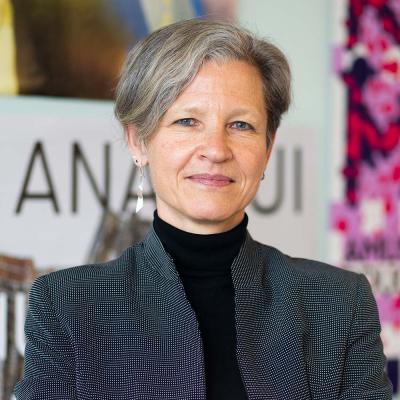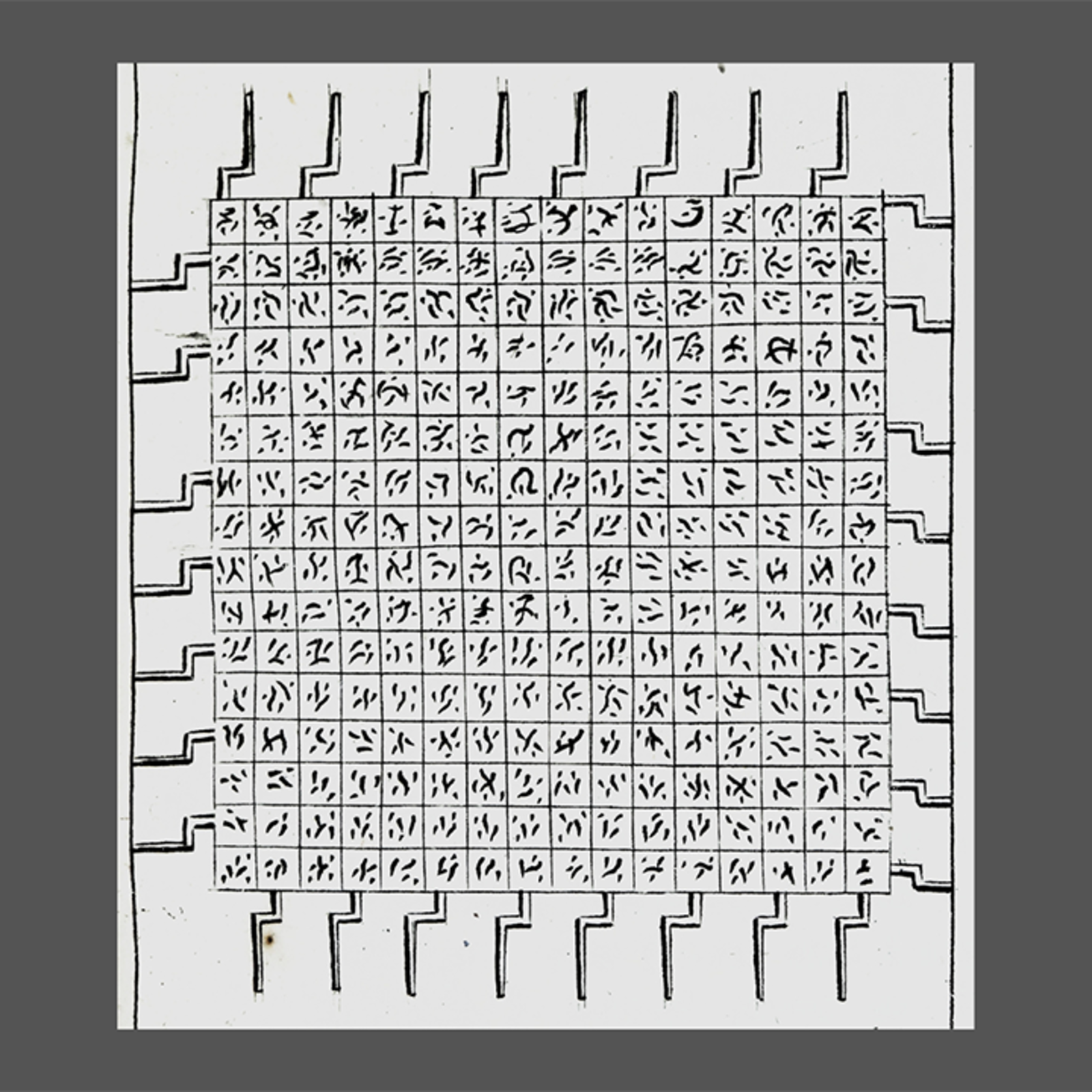The figure of the «engaged scientist» is usually that of a public intellectual advancing societal debate or of an expert, advising on technical issues. But engagement can also take the form of «making». Engineers can engage with racism by «making» data or algorithms differently. Architects can engage with climate change by «making» buildings differently. Social scientists can engage with violence by «making» socio-technical processes differently – as we do working with engineers and designers in the research project Future of Humanitarian Design (HUD), funded by the Swiss National Science Foundation.
In HUD, we focus on designing technical interventions that prevent violence in humanitarian contexts. We began with the idea of designing three technological interventions that would reduce violence against humanitarian workers, as well as Sexual and Gender Based Violence (SGBV) among refugees and torture in detention. Instead of focusing on diplomacy, strategy, laws, rules, education or language, we focus on material objects and technologies. We work with the centrality of material aesthetics (design) for the social world well established by scholarship in new materialism, science and technology studies, and behavioural economics. In this blog, I highlight the implications of our approaches for the understanding of «engaged science». I add the figure of The Maker to the established figures of the expert and the public intellectual. The Maker disrupts assumptions about the how, what and why of engaged sciences and therefore affords the opportunity to re-examine the meaning and practice of engaged science.
How to engage?
In HUD, we aim to design a torture-detecting algorithm. In doing so, we engage scientifically, but alter the how of engagement. Traditionally, scientists engage by sharing their research findings. They lecture, train, teach or give advice. This form of knowledge transfer is encouraged by all research councils. Yet, it often fails. The reason is simple. The people who are targeted do not value the transfers. Scientists engaging with torture prevention, will find that busy professionals such as law enforcement agents or anti-torture activists have other priorities than listening to them. Even if they take the time to listen, they are likely to find their own preoccupations different from those of the scientists. It does not help that scientific language is replete with technical terms. More fundamentally, scientists take an outsider's view, leaving those who receive the transferred knowledge to do all the heavy, tedious work of translating it into practice.
The Maker operates in a different register that tackles some of these perennial and sadly familiar difficulties of connecting research and practice. Instead of lecturing at, they work with and from within.1 In the HUD project, social scientists work with engineers and designers to develop a torture-detecting algorithm, including the making up of the important programming design (material aesthetics) for the algorithm. They are directly involved with preventing violence in the contexts where it occurs. They also work with local partners and professionals. The «with» closes the gap that separates research from practice. This increases the scientific relevance of research and improves the quality of the scientific knowledge that is being generated. «Making is thinking», as the American sociologist Richard Sennett argued.2
When to engage?
Shifting the «how» of engagement, has implications for understanding «when» researchers engage scientifically. Consider our ambition to develop a lighting system to prevent SGBV in humanitarian contexts. The public intellectual and the expert would contribute by communicating their research findings about how we should understand SGBV and how we technically engage with it. They would intervene at the end of a project to critically assess an existing state of affairs and propose improvements. Their engagement is essentially backward looking and focuses on what already exists.
By contrast, The Maker necessarily engages from the outset and throughout in a forward oriented manner. Making requires combining competencies throughout the research process. An engineer is not a social scientist, just as a social scientist is not a local activist and so on. To make lighting systems preventing SGBV requires a combination of their insights. Moreover, design is inherently future oriented. It involves speculation about how the SGBV preventing technology will work in a given context, acknowledging that context and technology both change in ways impossible to anticipate or control. The combination of expertise will therefore remain a crucial element to revisit, repurpose and work with what Keller Easterling calls «active form».3 The SGBV preventing technology will require continuous engagement to work effectively. The endpoint of engagement does not exist anymore. Succinctly, rather than engaging scientifically at the end of a research project, The Maker logically is engaged from the beginning and throughout a research process.
Why to engage?
The Maker’s shifting of the «how» and «when» of engaged science also has implications for its «why». The public intellectual or expert knows what is right and good and engages accordingly. Whether as debating citizens or as technical authorities, these figures guide developments, nudging them into the «right» direction. The Maker, in contrast, opens a space to determine what the «right»direction is. To understand why, let us consider the HUD’s ambition to engage in the prevention of violence against humanitarian workers by developing a communication system (CS). The processual qualities of making will force HUD researchers to readjust, repurpose and rethink the CS as well as the problem it addresses. They will need to ensure that they themselves are open to the form of «speculation» that involves not only abstract imagination, but also the «tinkering» necessary to make such readjustments.4
Unlike the public intellectual or the expert, The Maker defines the why of scientific engagement within the process of engagement and in collaboration with other engaged parties in a common, creative act. It is political act in the sense of philosopher Hannah Arendt, but a political act involving not only people but also objects. Avant-garde, omniscient public intellectuals and authoritative technical experts may undermine this definition of objectives. Their priorities readily come to inform policing. The boundaries of engagement are strictly guarded. The different and the deviant are devalued and/or excluded. The leadership of public intellectuals or experts therefore tends to restrict the space for the definition of objectives and tends to stifle the processes. The Maker does the opposite. She or he not only keeps the existing space for engagement open, but expands and opens new spaces.
A disturbing figure
The Maker is a disturbing figure. It unsettles the «how», «when» and «why» of the established engaged scientists. It reminds us that things could be different. At a juncture when public intellectuals, experts and science tout court are under pressure, this matters. The Maker is not simply a quack who denies the importance of science: it is a person that practices engaged science differently, in a way that may counter some of the backlash. Although not an expert or public intellectual, The Maker is also an ally in the promotion of engaged science. But for The Maker to contribute effectively, the foundations of engaged science – including its how, when and why – need to be revisited in order to reconfigure what Marilyn Strathern calls the «infrastructures of science».5 One wager of the HUD project is to contribute to this reconfiguration through our practice of engaged science.
Referenzen
[1] Easterling, Keller (2012): We Will Be Making Active Form, in: Architectural Design, 82 (5), S. 58-63. Also: Austin, Jonathan and Anna Leander (2021): Designing-with/in World Politics. Manifestos for an International Political Design, in: Political Anthropological Research on International Social Sciences, 2 (1), S. 83-154.
[2] Sennett, Richard (2012): Together: The Rituals, Pleasures and Politics of Cooperation, Yale. Also: Austin, Austin and Anna Leander (2023): Making International Things: Designing World Politics Differently, in: Global Studies Quarterly, 3 (4). https://doi.org/10.1093/isagsq/ksad068.
[3] Austin, Jonathan and Anna Leander (2024): The Active Form of Security: Technology and the Material-Aesthetic Script, in: Science, Technology, & Human Values, 0 (0). https://doi.org/10.1177/01622439241246183.
[4] Austin, Jonathan and Anna Leander (2024): Speculative Fabrication: Affirmative Tinkerings with Humanitarian Security, Paper presented in the European Workshops in International Studies (Istanbul, 3-5 July).
[5] Strathern, Marilyn (2018): Infrastructures in and of Ethnography, in: Anuac, 7 (2), S. 49-69. https://doi.org/10.7340/anuac2239-625X-3519. Also: Austin, Jonathan and Anna Leander (2024): The Future of Academic Expertise: Speculative European Bureaucratic Fabulations, in: Handbook of Knowledge and Expertise in International Politics, ed. by Berit Bliesemann de Guevara et al., Oxford.

About the author
Anna Leander is Professor of International Relations and Political Science at the Geneva Graduate Institute/IHEID. Her research focuses on three related themes: the politics of commercial security, aesthetics, and expertise.
Open Access
Dies ist eine Open-Access-Publikation, lizenziert unter CreativeCommons CC BY-SA 4.0.
Disclaimer
Die Blogbeiträge können Meinungsäusserungen der AutorInnen enthalten und stellen nicht grundsätzlich die Position der jeweiligen Arbeitgeberin oder der SAGW dar.

